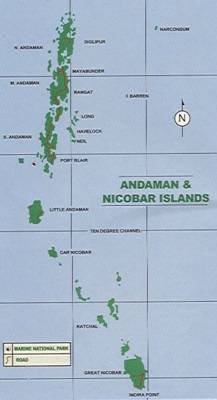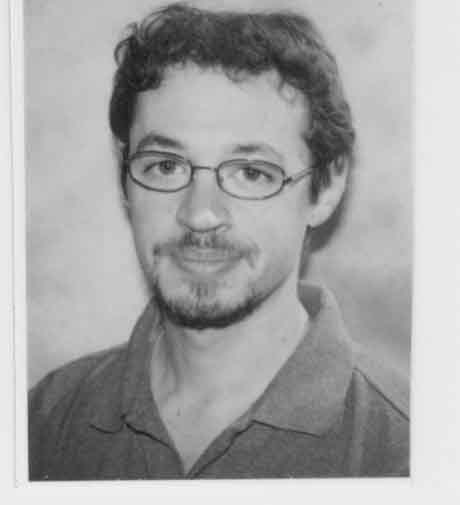Times of India
Quest'articolo è tratto da "times o India", cliccando sul titolo potete aprire la pagina principale

Andamans toll nears 7,000AFP[ TUESDAY, DECEMBER 28, 2004 08:35:17 PM ]
PORT BLAIR: Rescuers were anxious to discover the fate of 30,000 people unaccounted for in Andaman and Nicobar islands on Tuesday as the nation-wide death toll from weekend tidal waves reached nearly 7,000.
The tropical islands are close to the epicentre of a huge earthquake off Indonesia Sunday that sent massive waves crashing across the Indian Ocean killing tens of thousands throughout the region. Officials said the confirmed countrywide death toll stood at 6,823. Of them, at least 3,000 were killed in the Andaman archipelago 1,200 kilometres (745 miles) from mainland India as naval ships headed for Greater Car Nicobar, its smaller neighbour and home to over 45,000 people. "Villages are spread all over. There are 30,000 people that need to be accounted for. Some may have fled into the interior jungles or been swept to sea," said district official G.C. Gupta. "Efforts are underway to find them." Witnesses spoke of waves "taller than buildings" that crashed into the islands spread over 800 kilometres. "People thought the buildings would withstand the stresses but then the buildings started caving in, whole families lost their lives," one survivor in on Greater Car Nicobar told a private television channel. "This rubble, there were 25 houses, there were families. The waves were taller than buildings," another survivor said, gesturing to a flattened air force base on Greater Car Nicobar where more than 100 people died. New Delhi has carried out little development in the islands, known for their pristine beaches, to leave indigenous tribespeople in peace. The lack of infrastructure left communities incommunicado after the waves struck. On the southern Indian mainland, the death toll was expected to mount with tens of thousands still missing. Cranes dug mass graves and mourners built funeral pyres as vultures gathered where bodies still lay in the open. Funerals were carried out in a rush with minimum ritual as authorities feared the outbreak of disease from the piles of decomposing corpses.

Andamans toll nears 7,000AFP[ TUESDAY, DECEMBER 28, 2004 08:35:17 PM ]
PORT BLAIR: Rescuers were anxious to discover the fate of 30,000 people unaccounted for in Andaman and Nicobar islands on Tuesday as the nation-wide death toll from weekend tidal waves reached nearly 7,000.
The tropical islands are close to the epicentre of a huge earthquake off Indonesia Sunday that sent massive waves crashing across the Indian Ocean killing tens of thousands throughout the region. Officials said the confirmed countrywide death toll stood at 6,823. Of them, at least 3,000 were killed in the Andaman archipelago 1,200 kilometres (745 miles) from mainland India as naval ships headed for Greater Car Nicobar, its smaller neighbour and home to over 45,000 people. "Villages are spread all over. There are 30,000 people that need to be accounted for. Some may have fled into the interior jungles or been swept to sea," said district official G.C. Gupta. "Efforts are underway to find them." Witnesses spoke of waves "taller than buildings" that crashed into the islands spread over 800 kilometres. "People thought the buildings would withstand the stresses but then the buildings started caving in, whole families lost their lives," one survivor in on Greater Car Nicobar told a private television channel. "This rubble, there were 25 houses, there were families. The waves were taller than buildings," another survivor said, gesturing to a flattened air force base on Greater Car Nicobar where more than 100 people died. New Delhi has carried out little development in the islands, known for their pristine beaches, to leave indigenous tribespeople in peace. The lack of infrastructure left communities incommunicado after the waves struck. On the southern Indian mainland, the death toll was expected to mount with tens of thousands still missing. Cranes dug mass graves and mourners built funeral pyres as vultures gathered where bodies still lay in the open. Funerals were carried out in a rush with minimum ritual as authorities feared the outbreak of disease from the piles of decomposing corpses.



0 Commenti:
Posta un commento
Iscriviti a Commenti sul post [Atom]
<< Home page